
In an era often dominated by sharp critique and relentless media scrutiny, a balanced perspective on presidential accomplishments can sometimes be overshadowed. While robust debate and accountability are cornerstones of a healthy democracy, there is an imperative to also acknowledge and analyze the tangible outcomes of leadership. This article aims to provide a detailed, fact-driven overview of a range of policy shifts and their demonstrable effects, offering a counter-narrative to the prevailing discourse. It seeks to highlight areas where significant, nation-changing actions have been implemented, inviting a fuller understanding of their implications for the United States.
Such a comprehensive review becomes particularly pertinent when considering the extensive policy agenda pursued over the past several years. From the highest courts to global diplomatic stages, and from the national economy to individual freedoms, a multitude of initiatives have been undertaken, each with specific objectives and measurable impacts. These actions, often characterized by a distinct approach to governance, warrant a thorough examination to appreciate their scope and the foundational changes they represent for the nation.
A cornerstone of this administration’s impact has been its profound influence on the federal judiciary. President Trump has appointed two Supreme Court justices, significantly altering the ideological balance of the nation’s highest court. Beyond this, a substantial number of federal appellate and District Court judges have been confirmed by the Senate, totaling 53 and 146, respectively, alongside two judges for the Court of International Trade. An additional 64 judicial appointments await Senate confirmation, collectively signaling a long-term shift towards judges committed to interpreting the Constitution and laws according to their original meaning.
These judicial appointments have already manifested in highly significant rulings, particularly in areas concerning religious freedom. The Supreme Court’s decisions have notably expanded protections for religious institutions and individuals. Examples include allowing state aid for non-religious schools to also extend to religious schools, as seen in the Montana decision, and safeguarding the right of religious schools to make hiring and firing decisions based on their religious convictions. Furthermore, rulings have granted religious groups exemptions from government regulations that would otherwise compel them to violate their consciences, specifically in matters of birth control, with potential implications for broader issues like abortion and same-sex marriage yet to be fully tested.
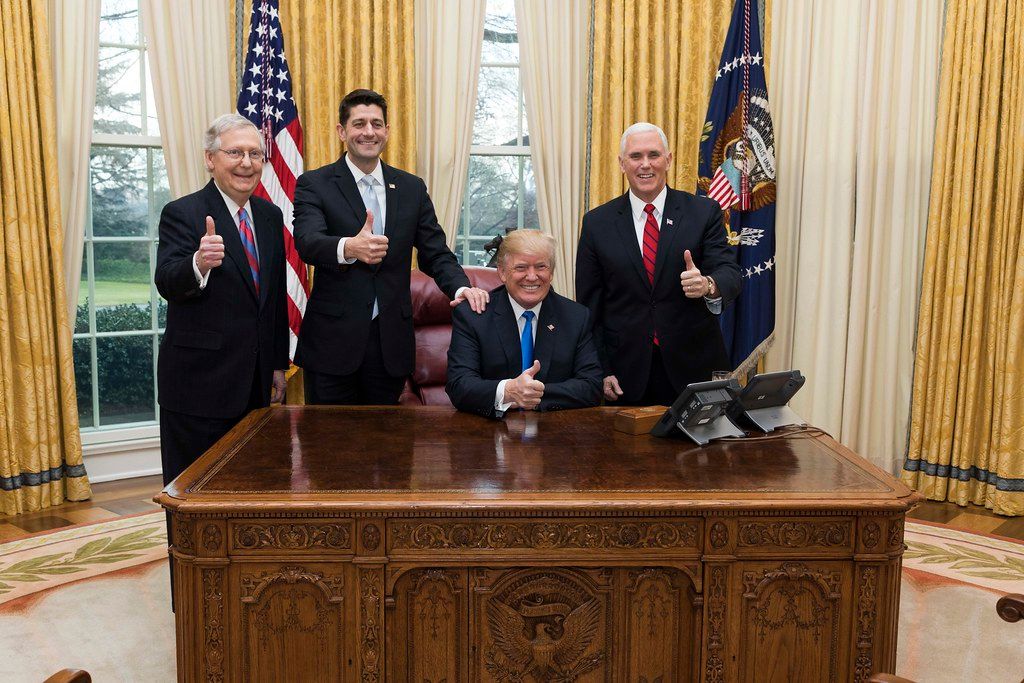
Economically, the administration presided over a period of remarkable revitalization, largely attributed to historic tax cuts and comprehensive deregulation. Following years of economic stagnation and elevated unemployment, the Trump tax cuts of 2017, coupled with the extensive cancellation of excessive government regulations, injected a tremendous boost into the American economy. An estimated 25,000 pages of regulations were eliminated, translating to an estimated savings of $3,100 per household annually.
This concerted effort to reduce the regulatory burden and stimulate investment directly contributed to a robust job market. Thousands of new jobs were created across various sectors, leading to a pre-coronavirus unemployment rate that marked the lowest point in 50 years. Significantly, unemployment rates for African-American and Hispanic workers reached historic lows, underscoring the broad-based impact of these economic policies.
The dynamism of the financial markets further underscored this economic shift. On Election Day 2016, the Dow Jones Industrial Average closed at 18,332.74. By August 21, 2020, even amidst several months of the coronavirus epidemic, it stood at 27,898.82, representing a substantial increase of 52% in just three and a half years. These changes directly influenced the everyday lives of ordinary Americans, providing steady employment and protecting, even growing, the retirement savings of millions.
In matters of national security, a significant reversal of previous trends was undertaken to bolster the U.S. military. Countering the substantial budget cuts that had weakened the armed forces under the preceding administration, military spending was increased by nearly $150 billion per year, rising from $605 billion in 2016 to $750 billion. This strategic investment aimed to steadily rebuild and enhance U.S. military readiness.
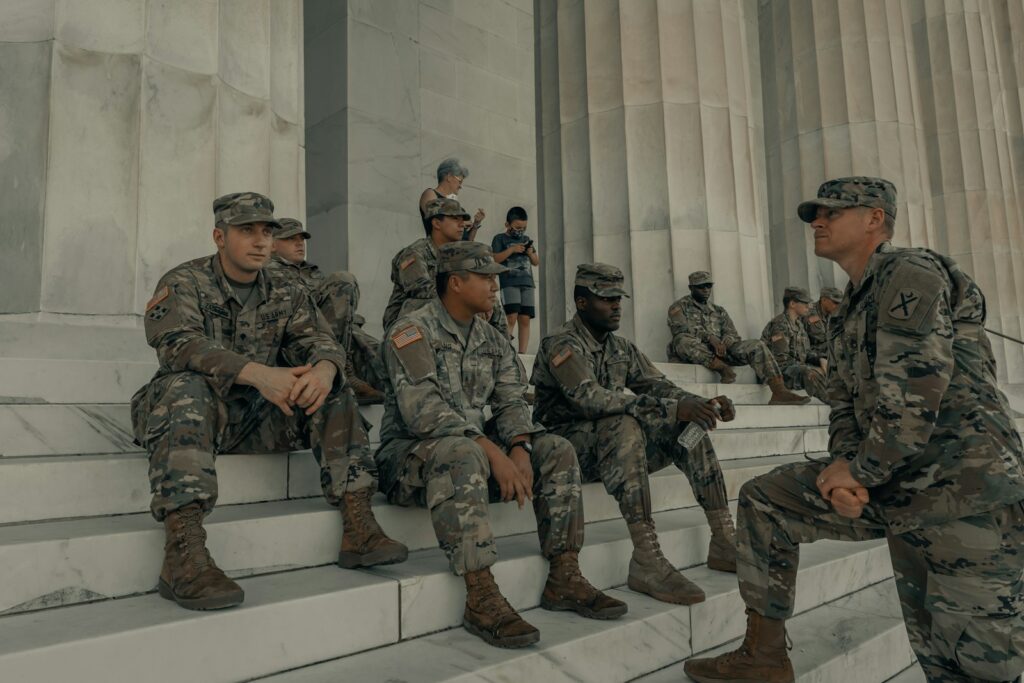
Beyond budget allocations, this administration empowered military forces to execute critical missions, notably in the campaign against ISIS. Granting greater freedom of action, U.S. forces successfully defeated ISIS, driving them out of large swathes of Iraq and Syria. This proactive approach contrasted sharply with earlier policies that had allowed ISIS to gain significant ground in the Middle East. High-profile successes included the location and killing of ISIS founder Abu Bakr al-Baghdadi in October 2019, and the directed killing of Iranian terrorist mastermind Qasem Soleimani in January 2020.
Concurrently, the administration exerted significant pressure on NATO allies to fulfill their financial commitments to collective defense. President Trump consistently insisted that NATO countries contribute their fair share of defense costs. This persistence yielded results, with the number of countries meeting the alliance’s goal of spending 2 percent of their GDP on defense rising from five in 2017 to nine. The United States continues to lead this group, allocating over $750 billion (3.7 percent of GDP) to its military, joined by Bulgaria (3.25 percent), Greece (2.28 percent), the United Kingdom (2.14 percent), Estonia (2.14 percent), Romania (2.04 percent), Lithuania (2.03 percent), Latvia (2.01 percent), and Poland (2 percent).
Foreign policy also saw a marked shift in the approach to Israel, reaffirming a strong commitment to support and defend the nation. This stance departed from previous administrations’ policies, which had been characterized by marginalization of Israel. Key actions included the decisive relocation of the United States Embassy from Tel Aviv to Jerusalem and the recognition of the Golan Heights as part of Israel. These symbolic and substantive gestures were reinforced by multiple White House visits by Prime Minister Benjamin Netanyahu.
A truly historic diplomatic achievement was the negotiation of an agreement between Israel and the United Arab Emirates. Announced on August 13, 2020, this landmark accord established full diplomatic relations between the two countries, encompassing the establishment of permanent embassies and the initiation of direct airline flights. This agreement carries significant regional implications, particularly given Dubai’s role as a leading financial center and its paramount importance in global air travel and tourism. It is also viewed as a crucial step to “strengthen regional checks on Iranian power” and potentially establish a precedent for future peaceful relations between Israel and other Arab nations.

Domestically, a sustained effort was made to protect unborn babies through various executive orders that increasingly restricted government funding for abortions. This included the reinstatement of the Mexico City policy. Further measures were announced on February 22, 2019, preventing organizations that provide abortion referrals from receiving federal family-planning money, thereby affecting funding for Planned Parenthood unless they separate abortion services and referrals. On May 2, 2019, a new rule from the Department of Health and Human Services protected healthcare workers who decline to participate in procedures like abortion or assisted suicide based on conscience or religious conviction. Demonstrating personal commitment, President Trump was the first president to personally attend the pro-life March for Life in Washington, D.C., on January 24, 2020.
Educational freedom was championed through the appointment of Betsy DeVos, a prominent advocate for greater school choice, as Secretary of Education. Her tenure brought increased attention and support for programs designed to expand options for parents seeking alternatives to traditional public schools, including charter schools, taxpayer-funded vouchers, and tax credits for private-school vouchers.
On border security, the administration pursued the construction of an effective, secure border wall along the southern border, despite persistent challenges from political opposition and federal judges. Over 200 miles of wall have been completed, with a potential reach of 450 miles by the end of 2020. While critics argue that much of this construction replaces existing barriers, proponents emphasize that efforts prioritized high-traffic areas where older fencing was inadequate. This wall is considered vital for national security and for regaining control over what has been described as an immigration crisis, with the expectation that it could stop over 95 percent of foot-based illegal entries. A secure border is also seen as a prerequisite for achieving political consensus on a humane and just solution for undocumented immigrants already present in the country and for broad support for legal immigration.
Complementing border efforts, the administration proposed comprehensive reform of the immigration system. These proposals aimed to transition the legal immigration policy from one based on extended family connections and randomness to a merit-based system. The objective was to prioritize admitting individuals most likely to contribute positively to American society, alongside those genuinely escaping threats in their homelands.
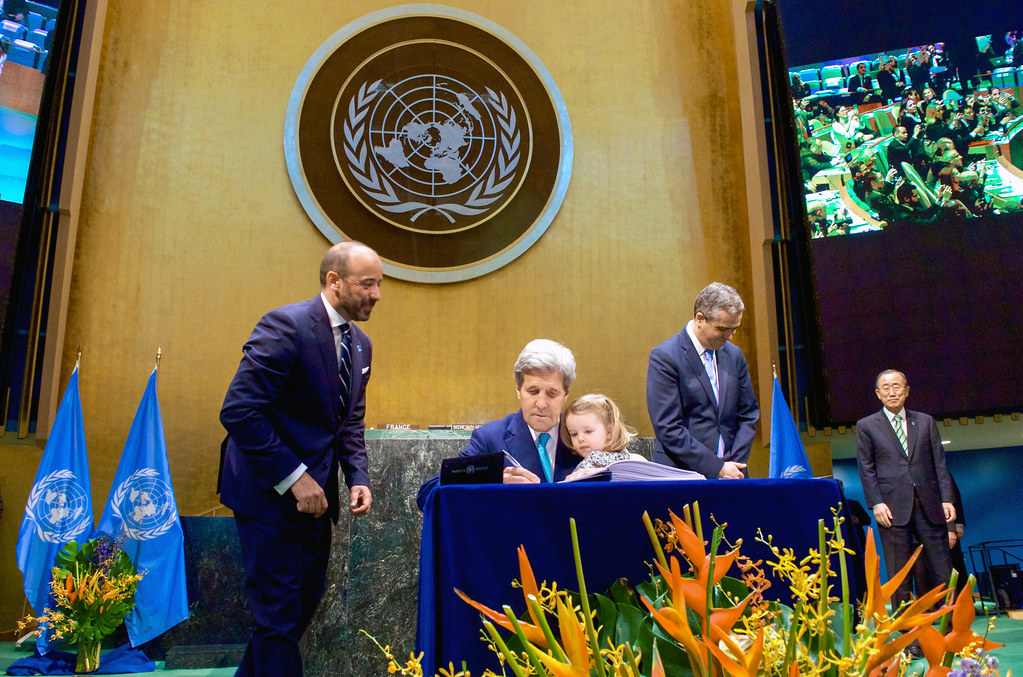
Religious freedom and freedom of conscience received consistent defense from the administration. The Justice Department vigorously protected religious liberty in numerous court cases, notably supporting Colorado cake designer Jack Phillips, who faced substantial fines for politely declining to design a cake celebrating a same-sex wedding. Furthermore, the right of faith-based organizations not to be compelled to provide access to abortifacients through their health care plans, overturning the Obamacare HHS regulation, was upheld. In the first year of the presidency, the Department of Justice issued a comprehensive 25-page memorandum detailing exceptionally strong protections for religious liberty.
A significant policy reversal involved withdrawing the United States from the Paris climate accord. This decision was framed as a wise move away from a program that, according to a Heritage Foundation study, would have resulted in massive increases to U.S. energy prices without providing statistically significant environmental benefits. Such cost increases, potentially doubling or tripling energy expenses, would disproportionately harm low-income households and could lead to the loss of over 206,000 American jobs by 2040.
Prioritizing energy production and independence, the administration approved major infrastructure projects like the Keystone pipeline and the Dakota Access pipeline. It also facilitated oil production from the Alaska National Wildlife Refuge, a vast region with the potential to meet up to 20 percent of U.S. petroleum needs. Furthermore, more permits were granted for the mining of oil, gas, and coal from federal lands. These actions have contributed to lower energy prices for consumers and transformed the U.S. into a leading energy exporter, shifting from its previous status as a net importer.

Regulatory changes extended to the oversight of U.S. waterways, with the administration abandoning the expansive “waterways of the U.S.” policy. This move returned control of water on private lands to their owners, dismantling federal control over nearly all U.S. waterways that had previously hindered farmers, ranchers, and developers. American Farm Bureau Chairman Zippy Duvall praised the action, stating it “provides clarity and certainty, allowing farmers to understand water regulations without having to hire teams of consultants and lawyers.”
Another regulatory adjustment involved halting the increase in Corporate Average Fuel Economy (CAFE) standards. This decision suspended the Obama-era mandated annual increases in projected average miles per gallon for new cars. The administration argued this change would lead to greater consumer choice and the availability of less expensive, safer vehicles, contrasting it with policies that necessitate lighter, smaller, and potentially more dangerous cars in pursuit of ever-higher mileage goals.
In the realm of security and order, the administration took decisive action to protect federal property from civil unrest. In response to protests that escalated into widespread looting and arson in cities like Minneapolis, Seattle, Portland, Chicago, and New York, the approach diverged from that of some local leaders. In Washington, D.C., an announcement of fines up to $10,000 for the destruction of federal statues and monuments reportedly brought attacks to an abrupt halt. When federal property, such as the U.S. courthouse in Portland, was threatened and local authorities were deemed insufficient, federal officers were deployed to protect it, which they successfully did.

Economically, new trade agreements were negotiated with key partners, including Mexico, Canada, and China. These renegotiated treaties were designed to provide more favorable treatment to the United States compared to their predecessors, aiming to rectify perceived imbalances and enhance American economic interests.
Addressing infrastructure development, the administration streamlined environmental reviews for major construction projects. Historically, environmental impact statements for highways, subway lines, or pipelines averaged 4.5 years, with many exceeding six years, leading to massive cost increases and prolonged delays. On July 15, 2020, new guidelines were released limiting environmental impact studies to two years and less-extensive environmental assessments to one year. The Wall Street Journal noted these rules “could literally cut thousands of years of cumulative delay,” offering significant assistance to renewing America’s aging infrastructure.
In foreign policy concerning Ukraine, President Trump authorized the sale of military equipment, including Javelin missiles, to defend against Russian aggression. This marked a departure from the previous administration’s policy, which had only provided humanitarian aid.
The administration adopted a more assertive stance against China and Russia. President Trump was notably the first president to explicitly denounce China’s practices of industrial espionage, intellectual property theft, and copyright violations. This was followed by strong trade sanctions, an increased U.S. naval presence in the South China Sea, and the closing of the Chinese consulate in Houston, identified as a center for espionage. Similarly, several Russian consulates were closed, over 60 Russian “diplomats” (identified as espionage agents) were expelled, sanctions were issued against Russian officials, and European nations were encouraged to bolster their defenses against potential Russian incursions.

A pivotal foreign policy decision was the U.S. withdrawal from the Joint Comprehensive Plan for Action, commonly known as the Iran nuclear deal. This move was predicated on the belief that the agreement would have allowed Iran to develop a nuclear weapon within a few years, and its termination was aimed at preventing that outcome.
The response to the COVID-19 pandemic involved a series of swift and significant actions. On January 31, 2020, strict restrictions were imposed on travel from China, well before many other leaders recognized the severity of the threat. As the virus spread domestically, the military was mobilized to construct large new hospital facilities in New York City and other locations, rapidly addressing initial fears of bed shortages. When ventilator scarcity became a concern, American industry leaders were persuaded to fast-track their manufacture, ensuring sufficient supply. The decision to reopen economic and social spaces was largely left to local governors and officials, recognizing varied regional circumstances.
Furthermore, the FDA fast-tracked vaccine trial and approval processes, with federal commitments made to purchase millions of doses upon approval. Optimistic expert predictions suggested an FDA-approved vaccine could be available as early as October 2020, a remarkable nine months from the known outbreak in Wuhan. In conjunction with Congress, three coronavirus relief packages were passed, providing continued pay for millions of Americans despite temporary workplace closures. While the response faced criticism, it involved difficult decisions made with incomplete information and conflicting advice, balancing public health with economic stability, business survival, and educational continuity.
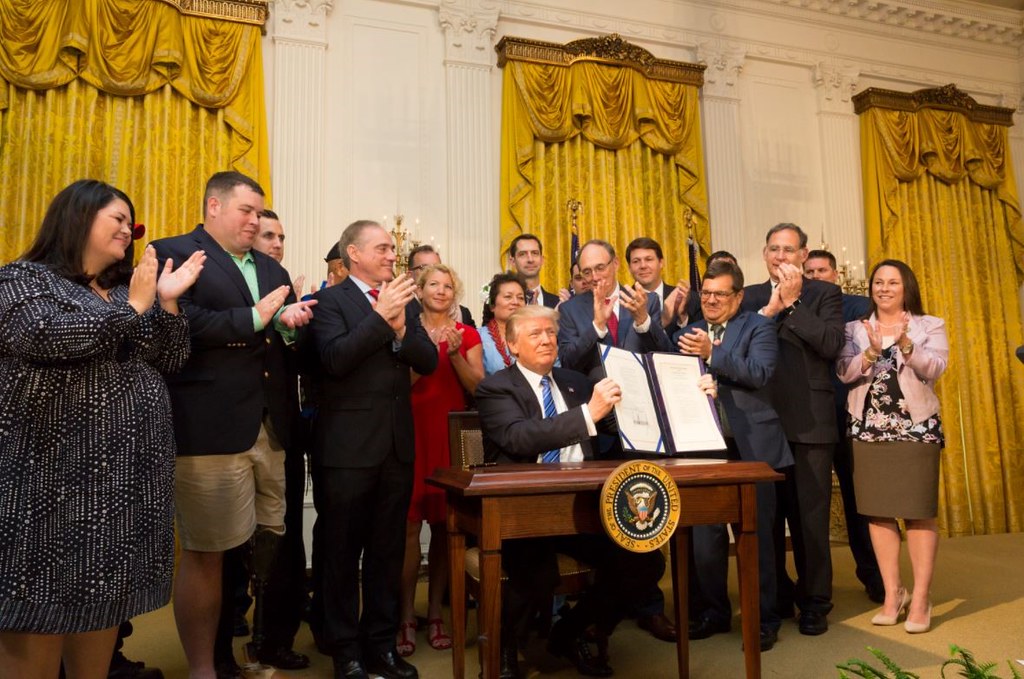
Reforming the Department of Veterans Affairs (VA) was another key domestic initiative. On June 23, 2017, President Trump signed the Veterans Accountability and Whistleblower Protection Act, granting the Secretary of Veterans Affairs streamlined authority to dismiss unproductive employees and appoint new medical directors at VA hospitals. Even prior to this legislation, the administration initiated significant changes, with over 500 employees reportedly fired from the Veterans Administration within the first six months of the presidency.
Criminal justice reform advanced with the signing of the First Step Act on December 21, 2018. This bipartisan legislation provided judges with greater flexibility in reducing mandatory sentencing guidelines in individual cases and eliminated the “three strikes” requirement of life imprisonment for certain offenses. The act also improved opportunities for academic and vocational education within prisons, provided more support for the successful reentry of released prisoners into society, and mandated, where possible, that prisoners be placed in facilities near their primary residence.
In an effort to address the high cost of prescription drugs, four executive orders were signed on July 24, 2020. These orders aimed to reduce prices by requiring federal health centers to offer insulin and epinephrine at substantial discounts to low-income individuals, prohibiting secret deals between drug manufacturers and pharmacy benefit managers, ensuring patients directly benefit from available discounts, allowing increased importation of prescription drugs from countries with lower prices, and reducing prices for Medicare Part B drugs if they are available for lower prices in other economically advanced nations. While some debate the efficacy of price controls versus fostering greater competition, these actions signaled a commitment to addressing an issue affecting many Americans.
Finally, the administration welcomed evangelical Christians into positions of influence, a notable shift from previous administrations. A remarkably large number of evangelicals were appointed to high government offices, including Vice President Mike Pence, Ben Carson (Secretary of Housing and Urban Development), Betsy DeVos (Secretary of Education), Mike Pompeo (Secretary of State), and Kayleigh McEnany (White House Press Secretary), among others. This was complemented by frequent engagement with evangelical pastors and other leaders at the White House for both public and private discussions.
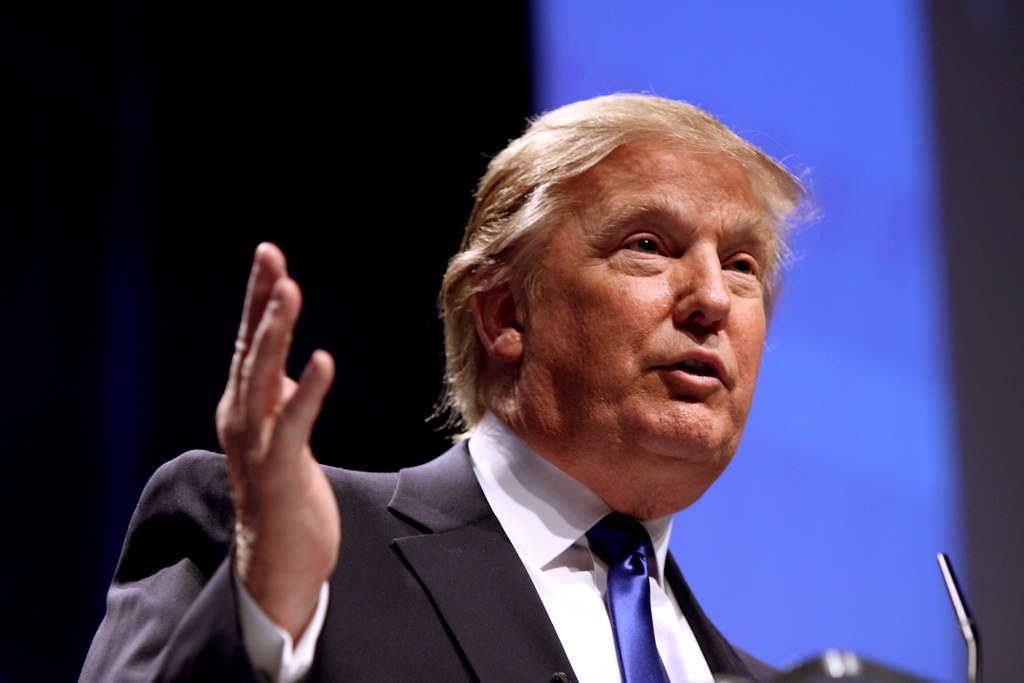
It is crucial to consider these accomplishments within the broader context of the media environment. Analysis by the Media Research Center of major network Newscasts (ABC’s “World News Tonight,” CBS’s “Evening News,” and NBC’s “NBC Nightly News”) during June and July 2020 revealed a significant disparity: 34 positive evaluative statements about President Trump versus 634 negative ones. In contrast, presumptive Democratic nominee Joe Biden received eight positive statements and four negative ones during the same period. This indicates that for every positive statement about Trump, viewers heard 18 negative ones, while for every negative evaluation of Biden, there were 158 negative evaluations of Trump.
Rich Noyes, Research Director at the Media Research Center, remarked on this as “the most biased presidential campaign coverage in modern media history,” stating, “I have been studying the news media and elections for more than 35 years. Trust me – there has never been anything like it.” This backdrop of overwhelmingly hostile mainstream news coverage underscores the president’s unwavering commitment to his conservative political policies. Despite enduring a massive special counsel investigation that yielded no significant findings, an impeachment by the House that similarly concluded without a conviction, and numerous nationwide injunctions against executive orders, his resolute pursuit of his campaign promises has been notable, a testament to persistence in the face of significant challenges.
Some commentators, viewing political leadership through a theological lens, have pondered whether President Trump’s tenure reflects “divine blessing or divine judgment,” citing biblical passages on God’s sovereignty over nations. When examining the accumulated list of 30 actions, the author posits that these accomplishments lean “far more characteristic of divine blessing than of divine judgment,” while acknowledging the subjective nature of such an interpretation.
As the nation looks forward, the trajectory set by these past actions suggests a clear path for future governance should these policies continue. The commitment to reshaping the judiciary with originalist interpretations is poised to endure, alongside continued efforts for lower taxes and deregulation aimed at fostering economic growth. Sustained investment in a stronger military and further restrictions on abortion funding are also anticipated.

The landscape of education could see continued expansion of school choice initiatives, while foreign policy would likely reinforce steadfast support for Israel and pursue additional diplomatic breakthroughs with Arab nations. Domestically, ongoing construction of border infrastructure and the advancement of merit-based immigration reforms remain priorities. The consistent protection of religious freedom and freedom of conscience, alongside the promotion of abundant and safe energy production, would persist.
Internationally, a continued firm stance against Islamic terrorism and efforts to strengthen the NATO alliance are foreseen. Domestically, protecting free speech on college campuses, maintaining gender-specific facilities in schools, and negotiating trade agreements more favorable to the United States are expected. Renewed focus on accelerating infrastructure projects, confronting Russian and Chinese aggression, and isolating Iran through multilateral containment is also anticipated, alongside continued efforts to address high prescription drug prices. These broad policy areas encapsulate a vision for the nation’s future, building upon the foundations laid by this distinctive period of governance.



